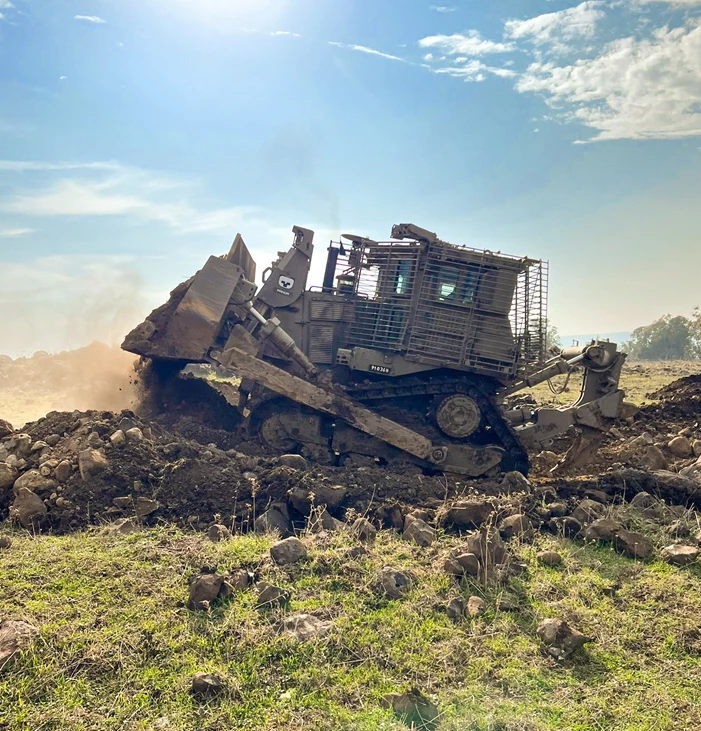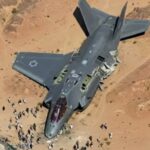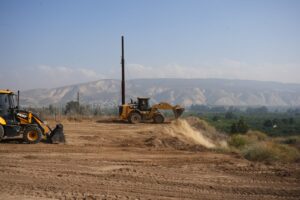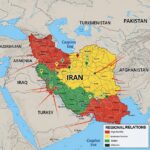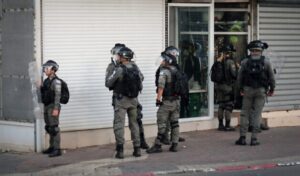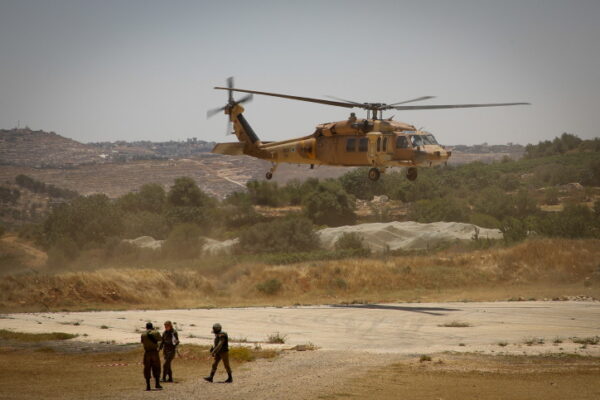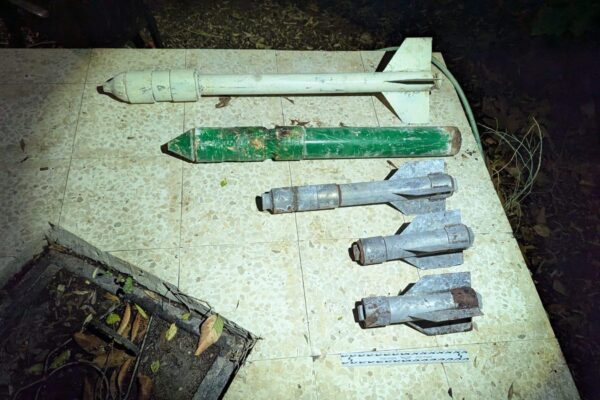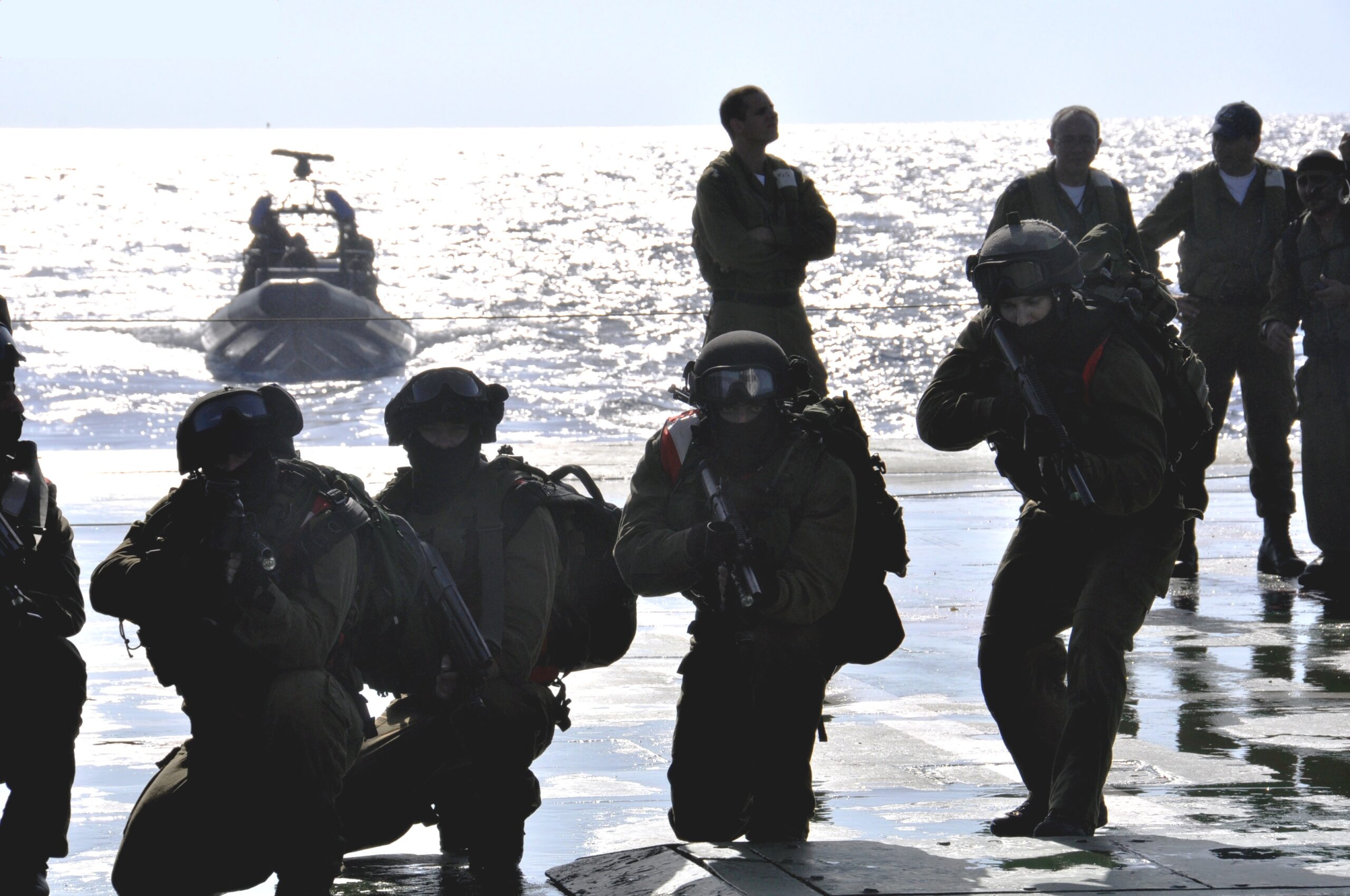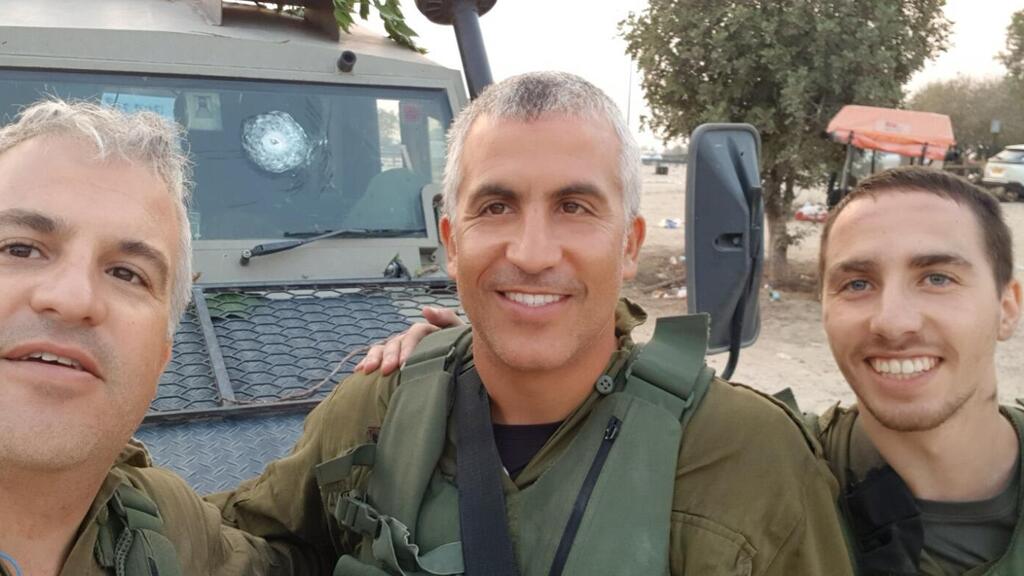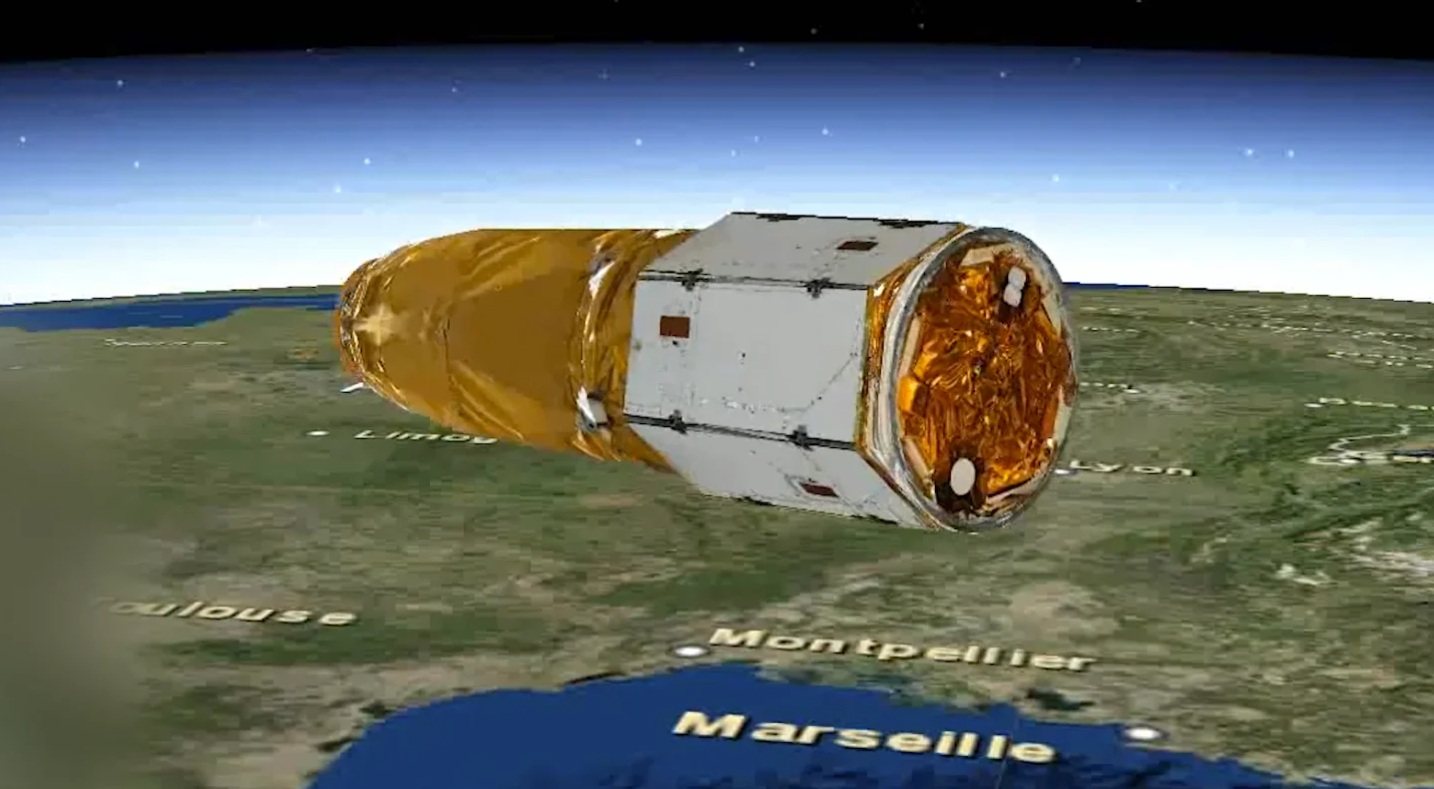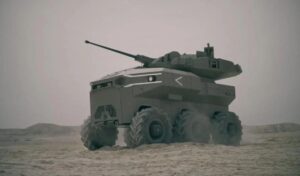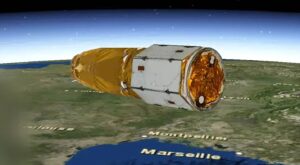Unmanned machines like the Robdozer are revolutionizing battlefield strategy in Gaza, offering both innovation and new ethical dilemmas.
By David Brummer
At a dusty test site in central Israel, a massive bulldozer churns forward — but something’s missing. Its cab is empty. This is the Robdozer, a remotely operated, heavily armored version of the Caterpillar D9 bulldozer. Developed by Israel Aerospace Industries, it is now being deployed in the Israel Defense Forces’ (IDF) operations in Gaza.
Controlled from afar — sometimes even from another continent — the Robdozer represents a strategic shift toward minimizing soldier exposure in high-risk combat zones. The D9 has long been a mainstay in the IDF’s engineering units, used to clear debris, pave access roads, and flatten terrain. But since the outbreak of war with Hamas in Gaza in October 2023, Israel has increasingly relied on its unmanned counterpart.
“The idea is to eliminate the person from the cockpit,” said Rani, a development team member, emphasizing the goal of enhancing both safety and efficiency, according to a report in the Times of Israel. The vehicle can reportedly carry out tasks as well as — or even better than — a human operator.
While currently human-operated from a distance, future iterations could become fully autonomous. This raises ethical and legal questions about decision-making in warfare, particularly when civilians are present or unpredictable scenarios arise.
The IDF has also introduced other robotic tools. A modified bulldozer nicknamed “Panda” is now being used to detect and neutralize landmines and tunnel threats. It can detonate hidden explosives while keeping operators safely removed from danger. Smaller robots equipped with wire-cutting tools are also being deployed to disarm traps — their simplicity allows for quick training, even among short-term reservists.
“This is the future,” said John Spencer, chair of urban warfare studies at the U.S. Military Academy at West Point, according to TOI. While many militaries are experimenting with robotic warfare, he noted, Israel is one of the first to deploy such systems in active combat zones.
But military officials and analysts alike stress that robotic tools must be paired with human oversight. The October 7 Hamas attack, where hundreds of terrorists breached Israel’s border, underscored the limitations of even the most sophisticated technology in the absence of direct human monitoring.
As the conflict continues and civilians begin returning to previously evacuated areas, IDF engineers are rapidly adapting tools to new threats. Their mission is twofold: clear paths for troops while preventing harm to non-combatants. As one IDF robotics expert put it, “Our job is to turn what soldiers need on the ground into working solutions — fast.”


